OpenAI, the company behind ChatGPT, is working on something new. Reports say they might buy a startup called io Products. This startup was started by Sam Altman, OpenAI’s CEO, and Jony Ive, the designer who created the iPhone and iPad at Apple. Together, they want to make a device that uses artificial intelligence but does not have a screen. This project could cost more than $500 million.
What Is This New Device?
The device is not a regular phone. The device operates by means of AI technology to render screenless assistance to individuals. The device functions through spoken commands to create directions besides setting memory alerts, and lamp control. Jony Ive has declared his objective to make the upcoming device less diverting than Apple’s iPhone. This means people could use it without looking at a screen all day.
The project is still a secret, but people close to the team say it might include smart home tools. For example, it could tell you when your plants need water or help plan a vacation. The team has already raised almost $1 billion from investors, including Laurene Powell Jobs. She is the widow of Steve Jobs, the co-founder of Apple.

Why OpenAI Is Interested in Hardware
OpenAI stands out through its production of chatbots, including ChatGPT, even while maintaining its focus on chatbots and avoiding hardware development. By purchasing the startup of Jony Ive, OpenAI could collaborate with premier engineering teams and design departments. A notable number of these engineers developed both the iPhone and Apple Watch products. OpenAI would enhance its ability to compete against major companies, including Google, Apple, and Meta, due to this acquisition. Multiple organizations are focusing on developing superior AI assistants at this time.
Tech experts think this is a smart move. Jitesh Ubrani, a manager at IDC, says mixing OpenAI’s AI skills with Jony Ive’s design talent could lead to gadgets that feel easy to use. For example, a voice-controlled device in your home could answer questions, play music, or order food without needing buttons or screens.
The Challenges of a Screenless Device
Not everyone thinks this idea will work. Dipanjan Chatterjee, an analyst at Forrester, calls it a “risky move.” While the device sounds cool, people might not want to stop using their smartphones. Apple has had trouble getting iPhone users to buy newer models. A screenless device would need to be amazing to convince people to switch.
There are also technical problems. AI sometimes makes mistakes, and using only voice commands could annoy users. Past projects, like the Humane AI Pin, promised similar ideas but did not work well. However, Jony Ive’s success with Apple makes people believe this project could be different.
How the Device Might Work
Using Your Voice Instead of a Screen
The device will likely focus on voice commands. Instead of typing or tapping, users would talk to it like they talk to a friend. The smart interactions on this device would be possible through ChatGPT technology created by OpenAI. The device will assist you step by step in fixing your bicycle if you ask it to help you fix your bike.
LoveFrom is part of the design team at Jony Ive, which specializes in creating basic, elegant products. The device would assume a small speaker-like appearance or resemble a smooth home-fitting tool. Marc Newson leads a group of former Apple designers who helped develop the Apple Watch, according to the team.
What This Means for Apple
Apple is both a partner and a competitor to OpenAI. Recently, Apple added ChatGPT to Siri, its voice assistant. If OpenAI makes its own device, it might compete with the iPhone. This could create tension between the two companies.
At the same time, Apple has been slow to improve Siri. The general public’s adoption of OpenAI’s device has the potential to motivate Apple to enhance its artificial intelligence product development capabilities. The upcoming iPhones could receive refined AI capabilities to compete better with similar technologies.
The Future of Screenless Tech
The tech world is racing to build the best AI gadgets. Google just announced new features for its Assistant, and Meta is testing AI glasses. OpenAI’s project with Jony Ive could lead the way in making AI feel more natural and less like a machine.
If this device works, it might change how we use technology every day. Instead of holding a phone, you might wear a small device or keep it on your desk. It could help students with homework, remind families about appointments, or even teach someone a new skill.

The deal between OpenAI and Jony Ive’s startup is still being discussed. The construction of this device would take multiple years to complete if it proved successful. The voice-based screenless technology concept holds intense interest. The technology would produce numerous advantages by reducing screen exposure, which attracts many users at present.
The project demonstrates AI technologies expanding their reach from virtual devices into tangible physical settings. The success or failure of this project demonstrates how human-voice interaction with AI systems is becoming commonplace, similar to smartphone usage.





